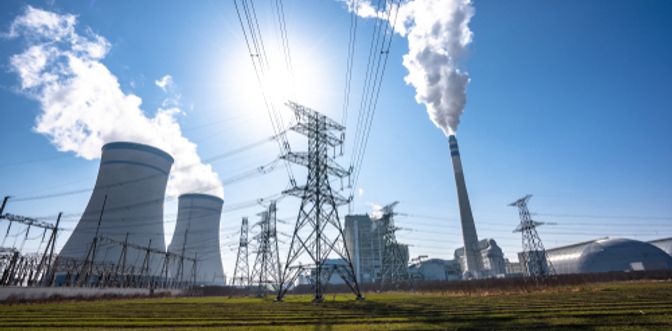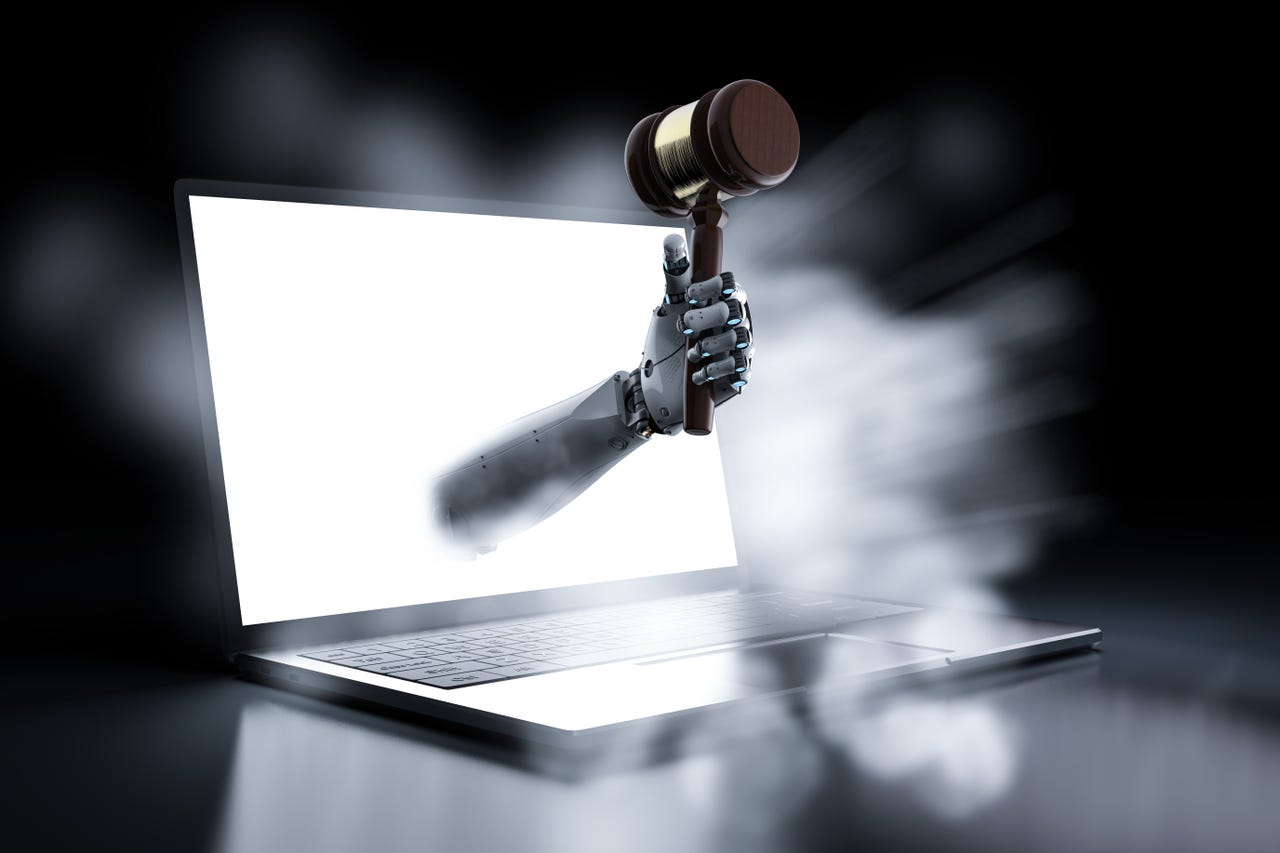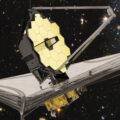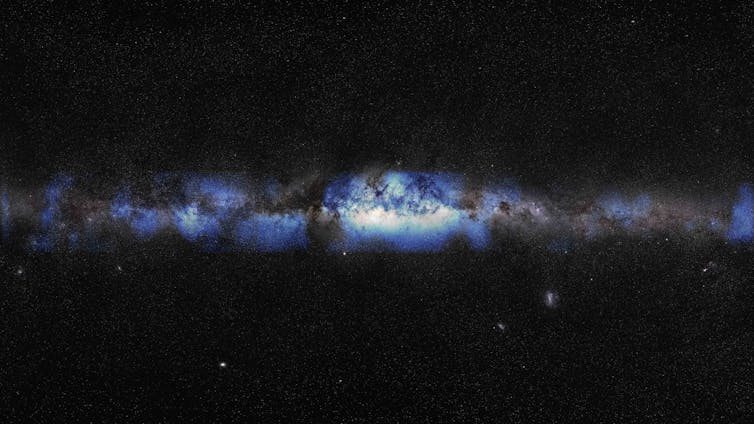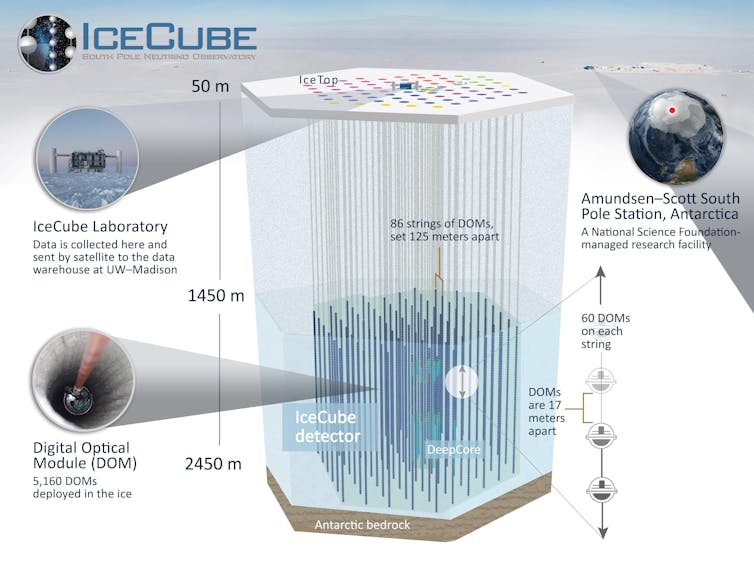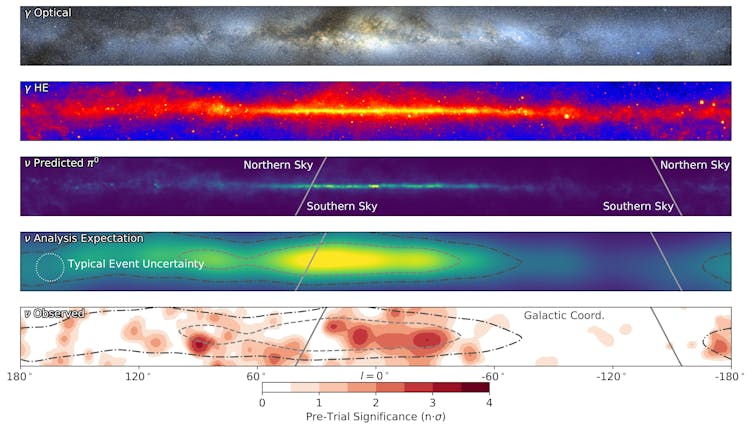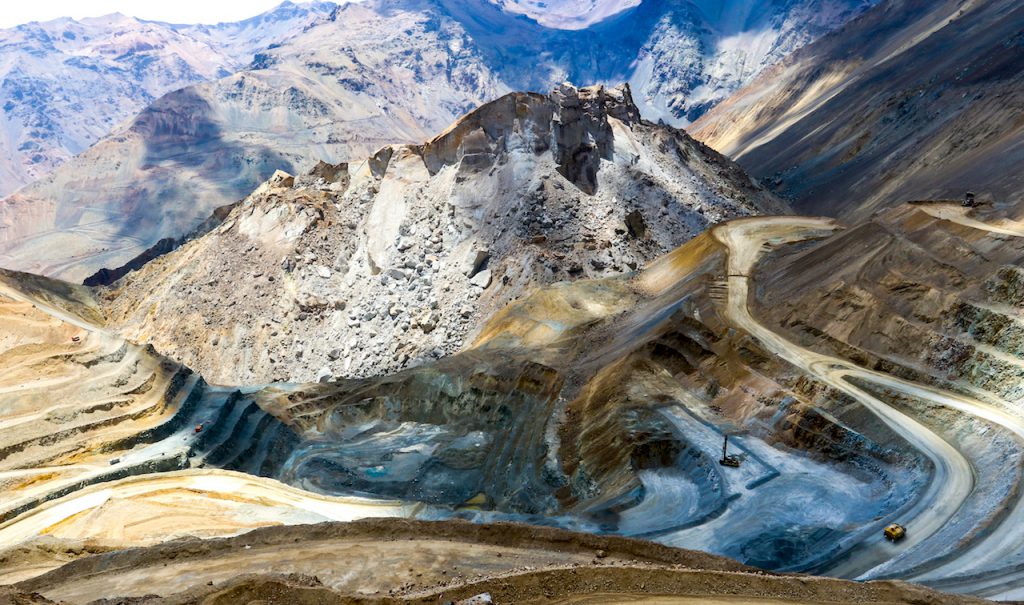UK to challenge court ruling against plan to send asylum seekers to Rwanda
The UK government said it would challenge a court ruling issued Thursday that blocks its plan to deport asylum seekers to Rwanda on the grounds that the country is not a safe haven. For its part, the Rwandan government said it remains committed to the controversial deal.
Issued on:
The Court of Appeal in London on Thursday ruled that the UK government's plan to send asylum seekers to Rwanda was "unlawful" as the East African country could not be considered safe.
Judges agreed with migrants and campaigners who brought the case to court, arguing that the UK government could not guarantee that asylum seekers sent to Rwanda would not be sent back to the country from which they were fleeing.
The ruling was welcomed by human rights groups but sparked an indignant response from Kigali, which insisted it met UN standards for the treatment of refugees.
'Safe country'
UK Prime Minister Rishi Sunak said he respected the court but "fundamentally" disagreed with the judges' conclusions.
"I strongly believe the Rwandan government has provided the assurances necessary to ensure there is no real risk that asylum seekers relocated under the Rwanda policy would be wrongly returned to third countries," he said.
"Rwanda is a safe country," Sunak insisted. He added: "We will now seek permission to appeal this decision to the Supreme Court."
"Rwanda remains fully committed to making this partnership work," government spokeswoman Yolande Makolo told French news agency AFP, insisting that "Rwanda is one of the safest countries in the world".
"While this is ultimately a decision for the UK's judicial system, we do take issue with the ruling that Rwanda is not a safe country for asylum seekers and refugees," she said.
Humane alternatives
A majority of judges who studied the appeal were not convinced by Rwanda's assurances.
"In consequence, sending anyone to Rwanda would constitute a breach of Article 3 of the European Convention on Human Rights", which states that no one shall be subjected to torture, inhuman or degrading treatment or punishment, they concluded.
Yasmine Ahmed, UK director of Human Rights Watch, called Thursday's verdict "some rare good news in an otherwise bleak landscape for human rights in the UK".
"Rather than treating human beings like cargo it can ship elsewhere, it (the government) should be focusing on ending the hostile environment towards refugees and asylum seekers," she added.
The UN refugee agency UNHCR urged the UK government to "pursue other measures, including cooperation with the UK's European neighbours and fair and fast asylum procedures, that would be more humane, efficient and cost-effective".
Stalled proposal
Tackling asylum claims has become a political headache for Sunak's Conservative government, which promised to "take back control" of the country's borders after the UK left the EU.
Former prime minister Boris Johnson brought in the contentious deportation proposal in 2022.
Rights groups and charities protested against the deportation plan, and the first removal flights due to take off last June were successfully blocked by legal action.
But two High Court judges in December dismissed the claims, ruling that the scheme was legal but the government should consider the circumstances of each case before deporting anyone.
That prompted a group of ten asylum seekers – from Syria, Iraq, Iran, Vietnam, Sudan and Albania, plus the charity Asylum Aid – to appeal.
(with AFP)


